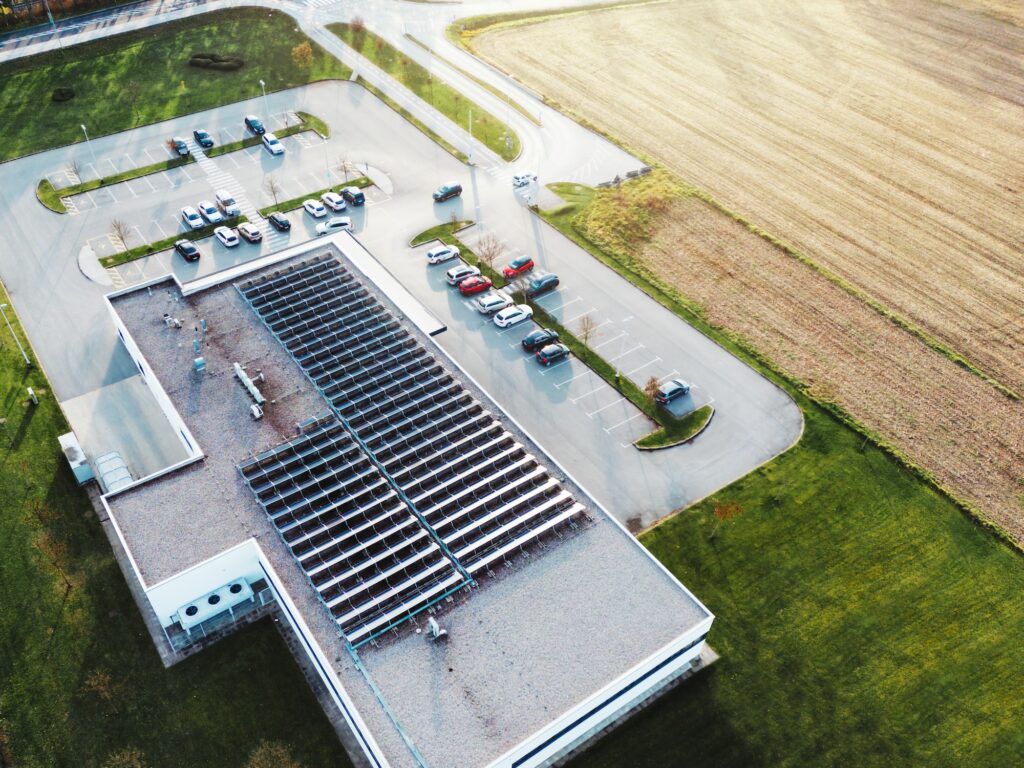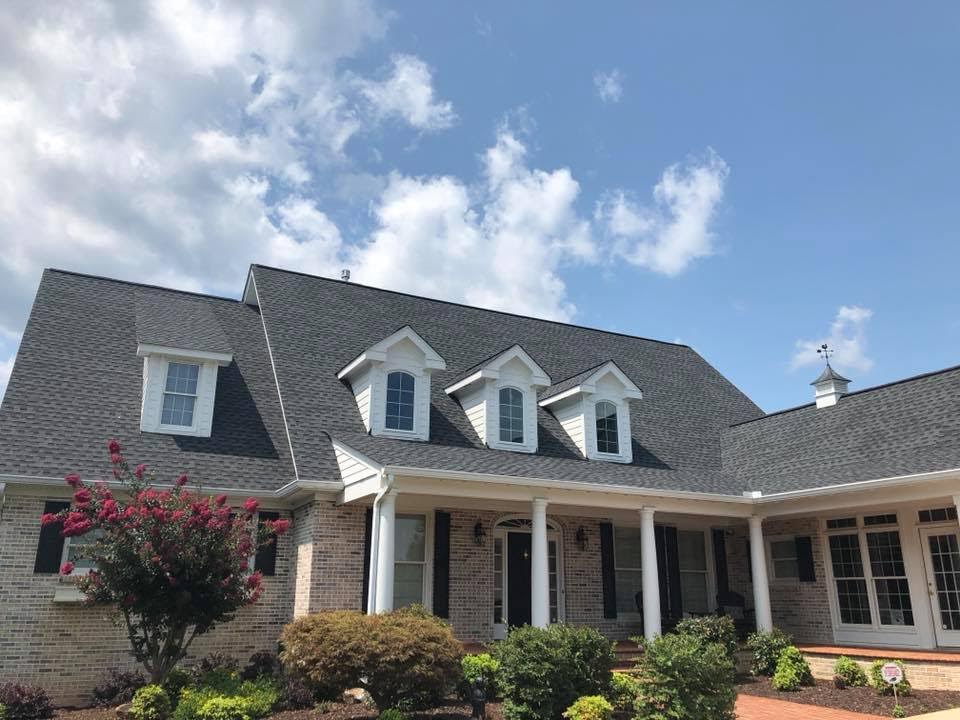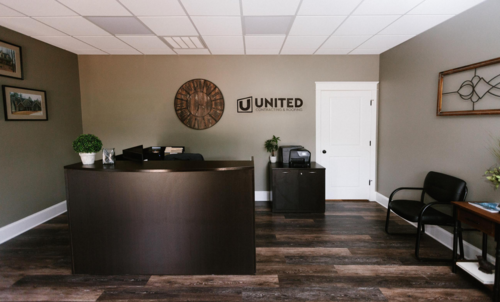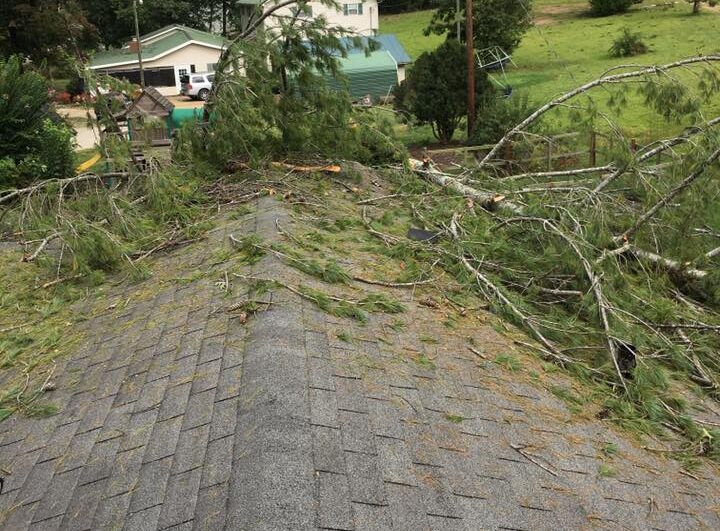How Roofs Contribute to Home Insulation
A well-insulated roof helps reduce that stress by preventing heat gain in summer and limiting…

Whether you need a flat roof, shingles, or a metal roof, UNITED is here to help. Ask us about our insurance claims services today!

If your roof is in need of repairs, replacement, or a complete overhaul, UNITED is here for you. Ask us about our remodeling & additions services today!

United Contracting & Roofing is a local, family owned and operated business. Our focus is long lasting relationships with our clients with quality service.


Severe weather is nothing new to the Southeast. When storms move through northern Georgia or upstate South Carolina, heavy rain and strong wind can bring down even healthy trees. If one falls on your roof, knowing what to do next helps protect your home and reduce repair costs.
Tree impacts are one of the most common causes of storm-related roof damage in our region. They can break shingles, tear through decking, and expose the inside of your home to water. Acting quickly and carefully in the hours after impact can make all the difference.
Start by checking for safety. If the tree has pierced the roof or affected the structure, evacuate immediately. Avoid trying to move debris or inspect the damage yourself. Call 911 if anyone is injured or trapped. Remember that even if the damage looks minor, unseen risks may still exist. Power lines could be hidden, and the roof may be unstable. Wait for emergency personnel or qualified professionals to confirm that the home is safe before re-entering.
If power lines are involved, call your electric company right away. They can disconnect service before cleanup begins. If the structure is unsafe or there’s a fire risk, local emergency responders can help secure the property. Do not try to remove the tree or cover the roof yourself. It’s better to wait than to risk further injury or damage.
Once everyone is safe, call your homeowners’ insurance provider to report the incident. Share what you know about the damage and where it occurred. Take photos to document the scene before anything is moved. If the tree came from a neighbor’s property, your adjuster can help determine who is responsible. The insurance company will send someone to inspect and assess the damage. Keep detailed notes of every conversation and make sure you understand what the next steps will be.
Next, reach out to a trusted local roofing company for emergency service. Avoid climbing onto the roof yourself, since a damaged roof can shift unexpectedly. United Contracting & Roofing provides emergency tarping to protect your home from further rain or water damage. A properly installed tarp prevents moisture from entering the attic or interior while your claim and repairs are in progress. Responding quickly limits long-term issues and keeps costs under control.
Once the area is cleared for access, hire a certified arborist or professional tree service to remove the debris. Tree removal requires training and equipment to prevent further structural damage. Avoid unlicensed contractors who appear after storms and offer “quick” cleanup work. A local, reputable tree service can coordinate with your roofing contractor to ensure safe removal and site protection.
After the tree is removed, a complete inspection is essential to check both visible and hidden damage. Shingles, flashing, decking, and framing all need to be evaluated for cracks, punctures, or structural weakness. Our team will provide detailed inspection reports with photographs for insurance documentation. Even if damage looks minimal, an inspection can prevent future leaks or costly structural issues.
When repairs are complete, consider steps to lower your risk in future storms. Trim trees near your home so branches stay at least six feet away from the roof. Remove any that are dead, leaning, or showing signs of decay. Scheduling a roof inspection once a year — ideally before storm season — helps identify weak points or aging materials that could worsen in bad weather.
A fallen tree is a serious situation, but the right response keeps it manageable. Protect your safety first, contact professionals, and document everything for your insurance claim.
United Contracting & Roofing is here for homeowners across northern Georgia and upstate South Carolina with emergency repairs, inspections, and full restoration services. If a tree has damaged your roof, call us right away or request a free inspection. We’ll secure your property and restore your roof with care and precision.
A well-insulated roof helps reduce that stress by preventing heat gain in summer and limiting…
Tree impacts are one of the most common causes of storm-related roof damage in our…
Tree impacts are one of the most common causes of storm-related roof damage in our…
Reach out to us today and get a FREE inspection on your roof.